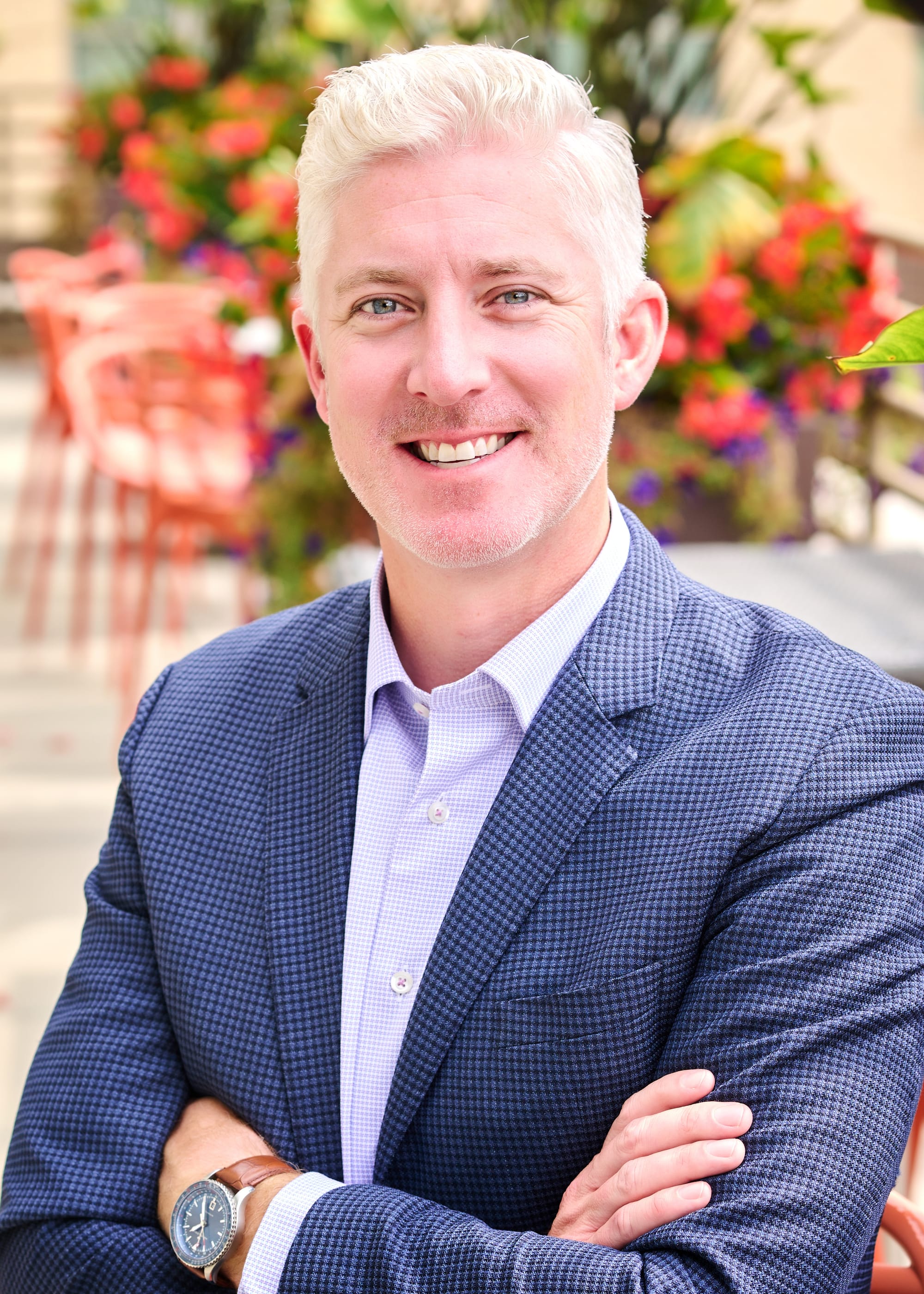
Reed Richardson
The pharmacy industry stands on the brink of a profound shift. Fortune Business Insights’ projections expect the industry to grow at a 56% rate by 2028, which requires the industry to reimagine itself to meet demand. To accommodate this surge, the industry must shift and should embrace technological advances and centralization strategies. It will be crucial to transition pharmacies from their conventional roles of medication dispensaries to integral community health care providers. The cornerstone of this transformation lies in the integration of innovative technology and automation, creating the infrastructure that is essential for delivering future health care services effectively.
This is a movement
As reimbursement rates continue to decline, pharmacies are compelled to seek alternative avenues to add value. One such strategy is the transformation from a fee-for-service to a value-based care model and empowering community pharmacies to provide innovative, convenient and cost-effective services. Allowing pharmacists to practice at the top of their license, extending far beyond simple vaccinations, they are becoming increasingly relied upon by the communities they serve. A 2023 Wolters Kluwer Report notes that today’s consumers place considerable trust in their pharmacists, often consulting them first for nonemergency health issues, indicative of a readiness to embrace a wider array of services provided by local pharmacies. The industry is poised for a Movement.
How do we start the Movement?
The pharmacy industry has already embraced solutions to optimize pharmacists’ expertise and time efficiency. Central fulfillment is an early success story. By centralizing the process of counting, labeling, verifying and delivering medications, chain pharmacies have experienced economies of scale. This technology can also facilitate adherence packaging, allowing pharmacy providers to offer efficiently packaged medications for multiple patients. Central fulfillment can cater to various pharmacy types. Deliveries can be made to retail locations or directly to patients via mail — particularly helpful for refilling prescriptions for chronic conditions like diabetes and hypertension.
Automating this process enables high-volume fulfillment. High-speed counting mechanisms driven by optical sensors, imaging technology, scales, barcodes and RFID technology can accurately identify, count individual pills, and measure dosages safely and precisely. The key is to roll out these solutions to more pharmacies to fully leverage their benefits.
Better care when we share
New opportunities are emerging to participate in central fulfillment. Shared central fulfillment, which gives central fulfillment owners the ability to service multiple pharmacies, further expands the value proposition of central fulfillment. Excess capacity can be leveraged to serve not just affiliated chains but also independent pharmacies. By tapping into this surplus capacity, central fulfillment owners can contribute to marginal profitability. Enabled by secure cloud technology, any pharmacy partner can seamlessly connect to the central fulfillment location. Shared central fulfillment enables pharmacy locations to provide added value through services like wellness coaching, point-of-care testing, expanded medication therapy management (MTM) and more.
At iA, we view this as a transformative Movement, by providing better care when we share. The goal is to improve workflow and efficiency for community, health system, retail, specialty and government pharmacies. We’re excited about the scalability of this solution, which will enable pharmacies to achieve more with less and accomplish even more as they grow.
The exciting future
The move to automation can provide benefits to all participants. Patients can find themselves connecting more often and more successfully with people they trust most. Pharmacists can be freed of the tasks that build walls between themselves and the people they serve, making for happier, healthier patients — healthier and more correctly medicated. Pharmacy providers can find themselves more profitable and better able to withstand shortages in their pharmacies while enabling those pharmacists who work for them to breathe. This is a Movement for the pharmacy industry.
.









